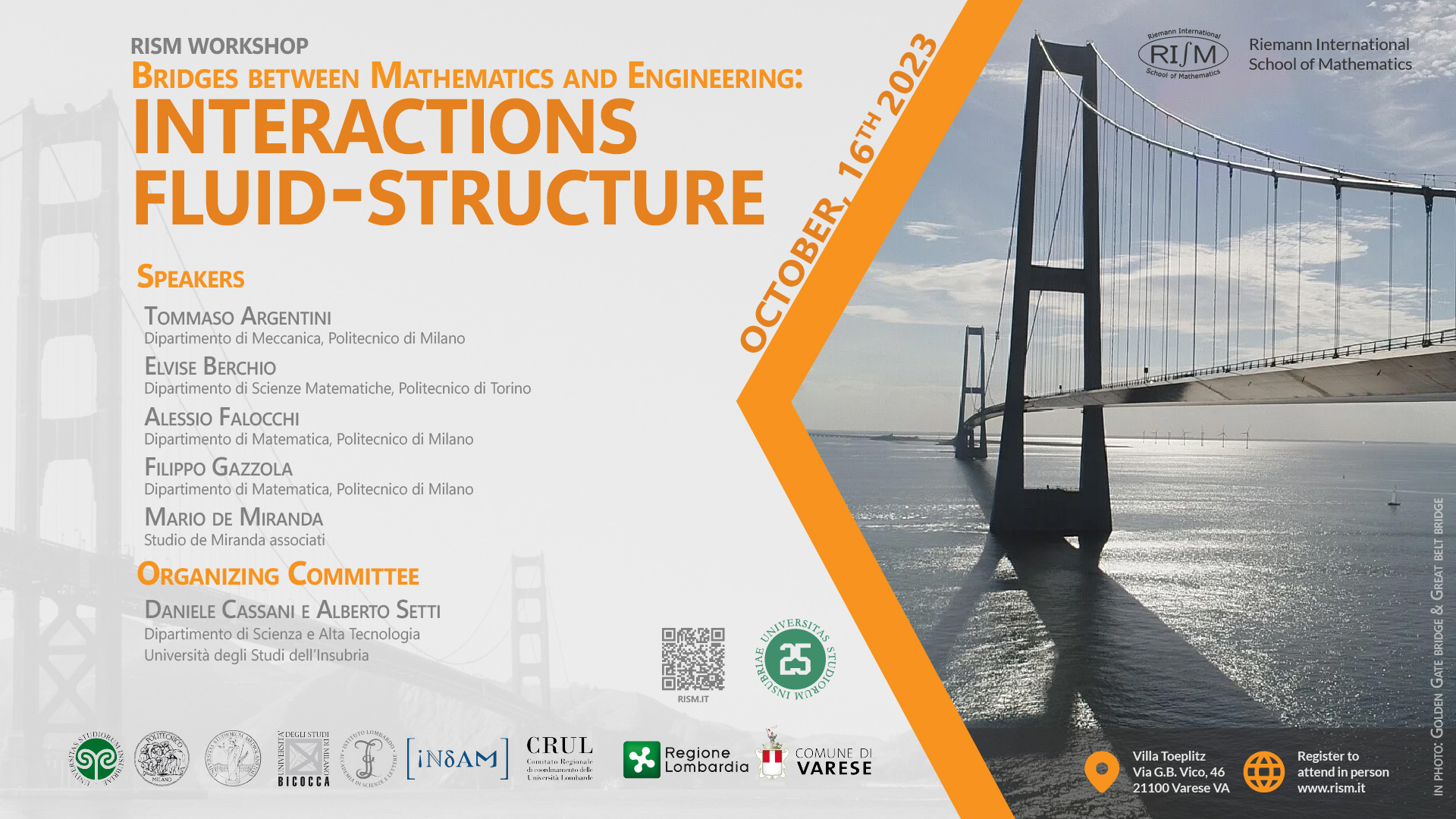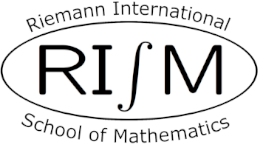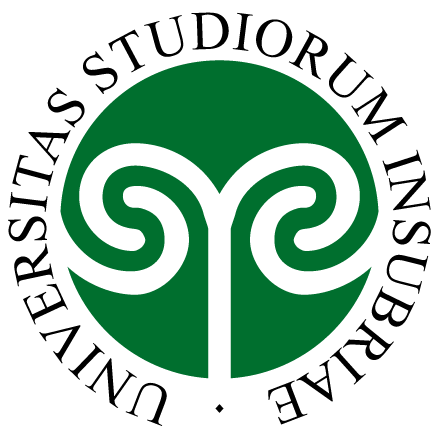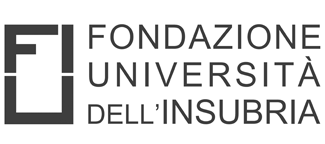
The aim of the conference
Modern technological challenges demand for synergy between different scientific fields.
This workshop aims at showing very recent advances and efforts in this direction and in particular connecting Mathematics with Engineering on the topic “interactions fluid-structure”.
Pure mathematical aspects will be presented as well as models for structures interacting with fluids: applications of those models will be also discussed.
A few realised and more recent working projects of structures will be also presented.
Speakers:
- Tommaso Argentini
Dipartimento di Meccanica, Politecnico di Milano - Elvise Berchio
Dipartimento di Scienze Matematiche, Politecnico di Torino - Alessio Falocchi
Dipartimento di Matematica, Politecnico di Milano - Filippo Gazzola
Dipartimento di Matematica, Politecnico di Milano - Mario De Miranda
Studio De Miranda associati
Organizing Committee:
- Daniele Cassani e Alberto Setti
Dipartimento di Scienza e Alta Tecnologia
Università degli Studi dell'Insubria
Schedule
Monday, Oct, 16th
9:30
Registration
9:30
9:45
Gazzola
10:35
Coffee break
10:35
11:00
Gazzola
11:50
Berchio
11:50
12:40
Lunch
14:30
De Miranda
14:30
15:20
Falocchi
16:10
Coffee break
16:10
16:30
Argentini
Abstracts
Speaker: Elvise Berchio
Title: Equilibrium configurations of a symmetric body immersed in astationary Navier-Stokes flow in a planar channel.
Abstract: We consider the equilibrium configurations for several fluid-structure interaction problems. The fluid is confined in a 2D unbounded channel that contains a body, free to move inside the channel with rigid motions (transversal translations and rotations).
The motion of the fluid is generated by a Poiseuille inflow/outflow at infinity and governed by the stationary Navier-Stokes equations. For a model where the fluid is the air and the body represents the cross-section of a suspension bridge, therefore also subject to restoring elastic forces, we prove that for small inflows there exists a unique equilibriu position while for large inflows we numerically show the appearance of additional equilibria. A similar uniqueness result is also obtained for a discretized 3D bridge, consisting in a finite number of cross-sections interacting with the adjacent ones. The very same model, but without restoring forces, is used to describe the mechanism of the Leonardo da Vinci ferry, which is able to cross a river without engines.
We numerically determine the optimal orientation of the ferry allowing to cross the river in minimal time.
Speaker: Tommaso Argentini
Title: Aeroelasticità dei ponti: affrontare le sfide del presente e del futuro
Speaker; Alessio Falocchi
Title: Some mathematical models for civil engineering applications
Speaker: Filippo Gazzola:
Title: Linear and nonlinear equations for beams and degenerate plates with multiple intermediate piers
Abstract: In collaboration with Maurizio Garrione (PoliMi), a new theory for hinged beams and degenerate plates with multiple intermediate piers is developed.
The analysis starts with the variational setting and the study of the linear stationary problem in one dimension. Well-posedness results are provided and the possible loss of regularity, due to the
presence of the piers, is underlined. A complete spectral theorem is then proved, explicitly determiningthe eigenvalues on varying of the position of the piers and exhibiting the fundamental modes of oscillation. The obtained eigenfunctions are used to tackle the study of the nonlinear evolution problem in presence of different nonlinearities, focusing on the appearance of linear and (a suitable notion of) nonlinear instability, with a twofold goal: finding the most reliable nonlinearity describing the oscillations of real structures and determining the position of the piers that maximizes the stability of the structure. The last part is devoted to the study of degenerate plate models, where the structure is composed by a central beam moving vertically and by a continuum of cross-sections free to rotate around the beam and allowed to deflect from the horizontal equilibrium position. The torsional instability of the structure is investigated, taking into account the impact of different nonlinear terms aiming at modeling the action of cables and hangers in a suspension bridge.
Again, the optimal position of the piers in terms of stability is discussed. The stability analysis is carried out both by means of analytical tools, such as Floquet theory, and numerical experiments.
Speaker: Mario de Miranda
Title: Ponti e Vento: dai problemi alle soluzioni attraverso le Storie di Progetti e Realizzazioni



